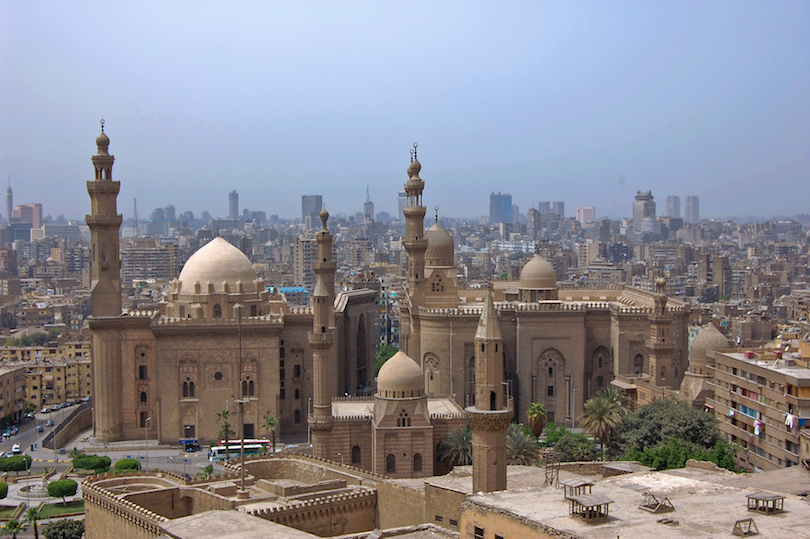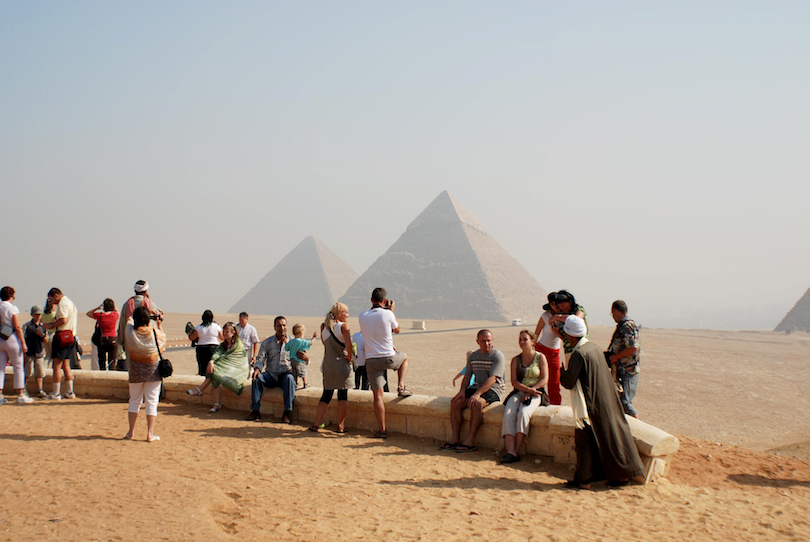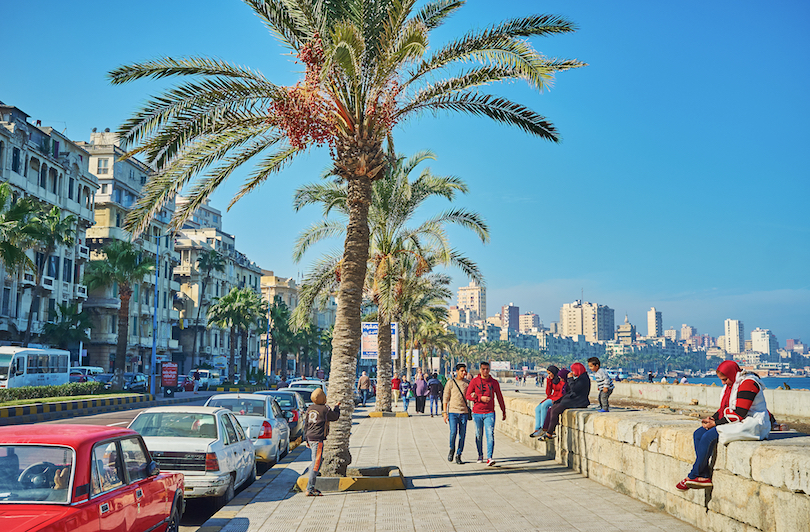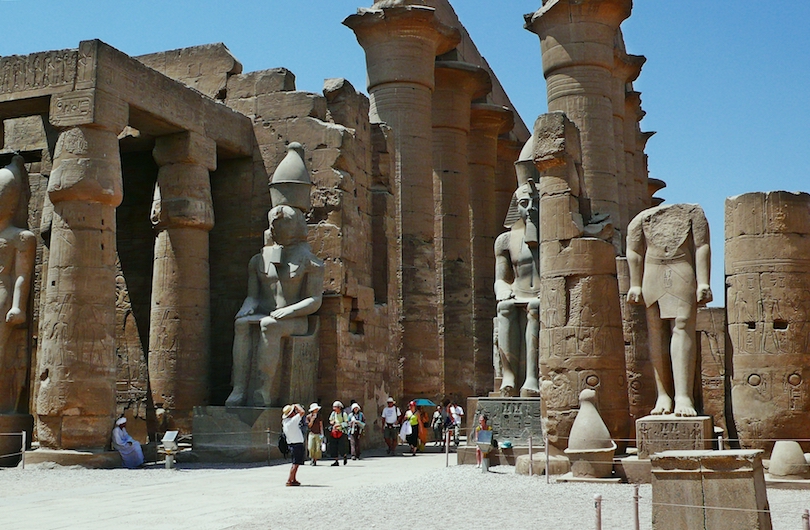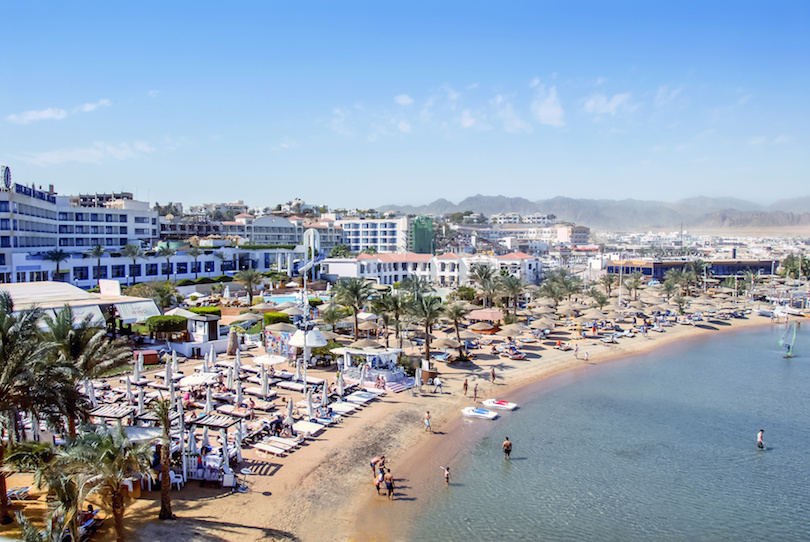CAIRO
Dusty and dirty, Cairo is a challenging and tough city to travel to – but this doesn’t mean your efforts won’t be rewarded. The 22-million or so people that call Cairo home pack its busy streets daily. Touts will hassle you, motorbikes will beep into the night and the dirt will cling to your skin – but Cairo truly is a charming place with world-class sights to see.
The city sits on the ethereal River Nile and is the location of the medieval Islamic city and Coptic architecture in the old city. The world-famous Egyptian Museum boasts an incredible collection of ancient Egyptian artifacts.

